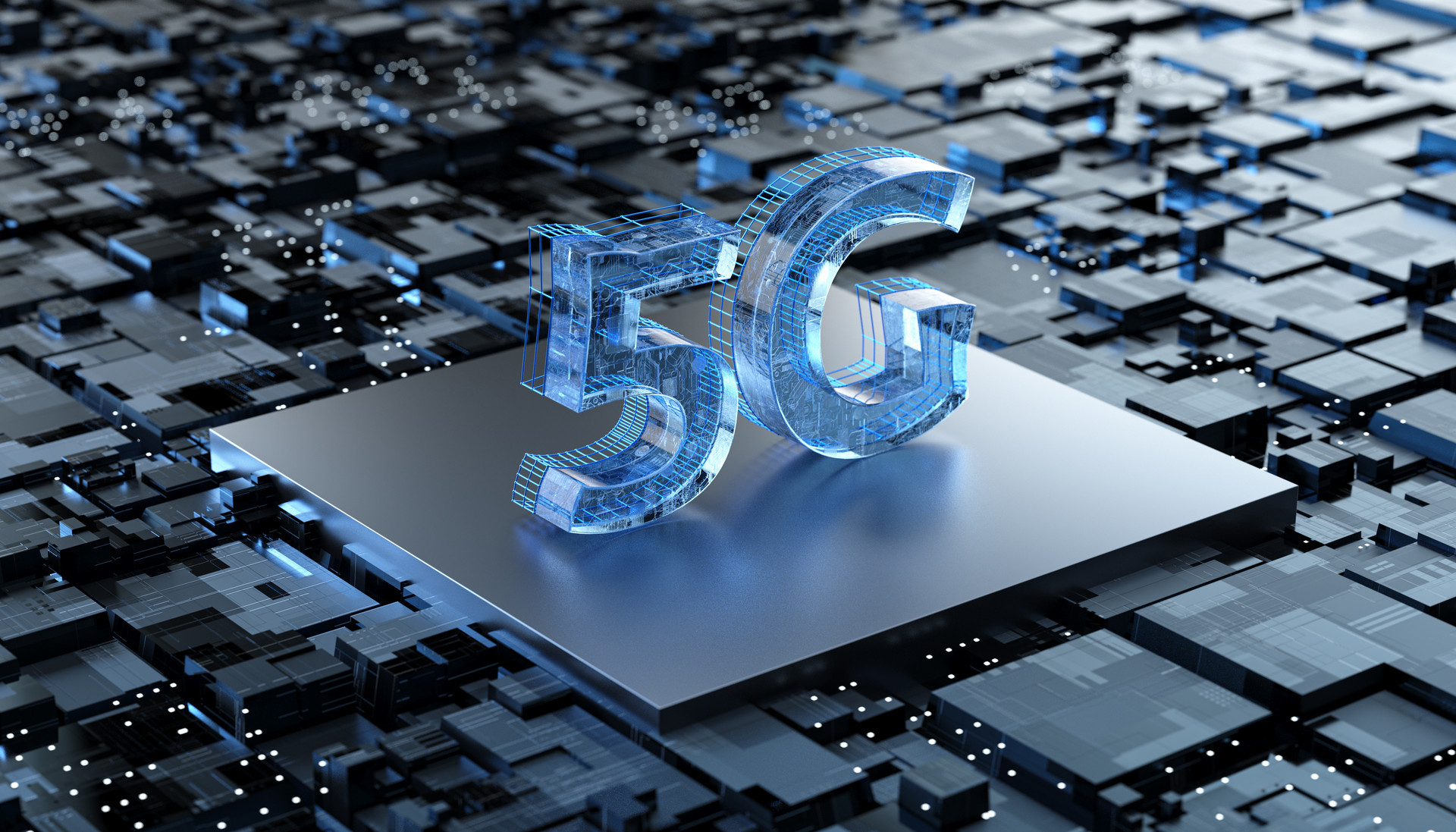Changes in the Internet of Things over the years
Release time:
2024-04-12
1. to replace mobile internet
In 2017, the number of Internet of Things device connections exceeded the number of mobile phone users for the first time. In 2018, many Internet companies have transformed the Internet of Things.
In 2019, the deep integration of the Internet of Things and artificial intelligence will promote a change in user experience. The Internet of Things will enable various Internet companies, Internet of Things companies and traditional companies to enter the same large industrial chain, and the information industry will enter the Internet of Things from the mobile Internet era. era.
2. new analytical tools and algorithms
The IoT era requires new analytical tools and algorithms, but as the amount of data increases, the needs of the IoT may be different compared to traditional analytics.
The currency of the Internet of things will be "data". However, this new currency will only be valuable when a large amount of data can be transformed into insight and information, and into concrete actions that can change business, change people's lives and affect social change. In the era of Internet of things, new analysis tools and algorithms will appear.
3. from the cloud to the edge
Edge computing and artificial intelligence will complement each other and dominate the Internet of Things. In most mission-critical applications, local data processing or edge computing will begin to become a necessity. In addition, the rapid active sensing device, and promote the smooth transition of cloud computing to edge computing.
As more and more workloads are born in the cloud, some enterprises are transforming and migrating to the cloud. The devices used for edge computing can be mobile devices such as smart phones, home terminals such as PCs and smart homes, and even terminals such as ATM machines and cameras.
4. Smart City Applications
For most cities, a true smart city is a bit far-fetched, and it will not be easy to achieve in a year. Smart cities are more than just an IoT solution, they are more like an overarching solution bundling various elements such as an ecosystem to manage traffic flow, air quality monitoring, traffic management, smart parking, public transport, smart healthcare, smart surveillance and more.
Therefore, it is a more realistic goal to implement these independent sub-applications that contribute to smart city applications step by step compared to the combination of many different elements that are usually managed by different regulatory agencies.
5. safety measures
All participants in the IoT ecosystem, including consumers, are aware that security cannot be ignored. China's Internet of Things security incidents increased by 138 in the first three quarters of 2018 compared with 2017. It is estimated that the number of Internet of Things incidents in China will increase from 7648 in 2018 to 56121 in 2019, an increase of nearly six times compared with 2018.
In 2019, both data security and data privacy will be in the spotlight. In 2019, we will see a significant increase in investment and capital expenditure in protecting IoT products, platforms, clouds and services.
6. NB-IoT and LTE-M Foundation Applications
Cellular LPWA will be in high growth mode, especially NB-IoT. Smart meters will be converted from non-cellular meters to stand-alone cellular LPWA meters. Smart parking will get more room for growth, especially after the full deployment of NB-IoT and LTE-M.
7. Consumer Internet of Things
Consumer IoT is still an untapped opportunity for mobile operators, and it may also be the most difficult area due to device and connection costs, data privacy and security issues, etc.
Continued growth in security and data privacy policies will help boost consumer confidence. Most operators provide stronger services to the business sector, but this has not yet translated into real consumption. In 2019, Counterpoint expects that more consumer products and services will be available from operators, especially smart home products.
8. IoT Cellular Connectivity
By the end of 2019, global IoT cellular connectivity will reach 1.6 billion. In 2018, we saw some deployment of cellular LPWA applications in LTE-M or NB-IoT, depending on geography and each operator's LPWA network strategy.
This process will accelerate as some of the Western operators that initially deployed LTE-M are now adding NB-IoT to their IoT network strategy roadmaps. China will continue to lead the global IoT cellular network connectivity.
9. IoT bundled products and services
Every major player in the IoT ecosystem wants to be an end-to-end provider of products and services, as revenue from the IoT ecosystem is fragmented across the value chain.
As a result, IoT players want to get the most value by bundling IoT devices, secure connectivity, platforms, and data management to take advantage of the overall opportunity. This is appealing to IoT users (businesses or consumers) who may not have the expertise to bring different elements together and are willing to pay for an integrated solution.







